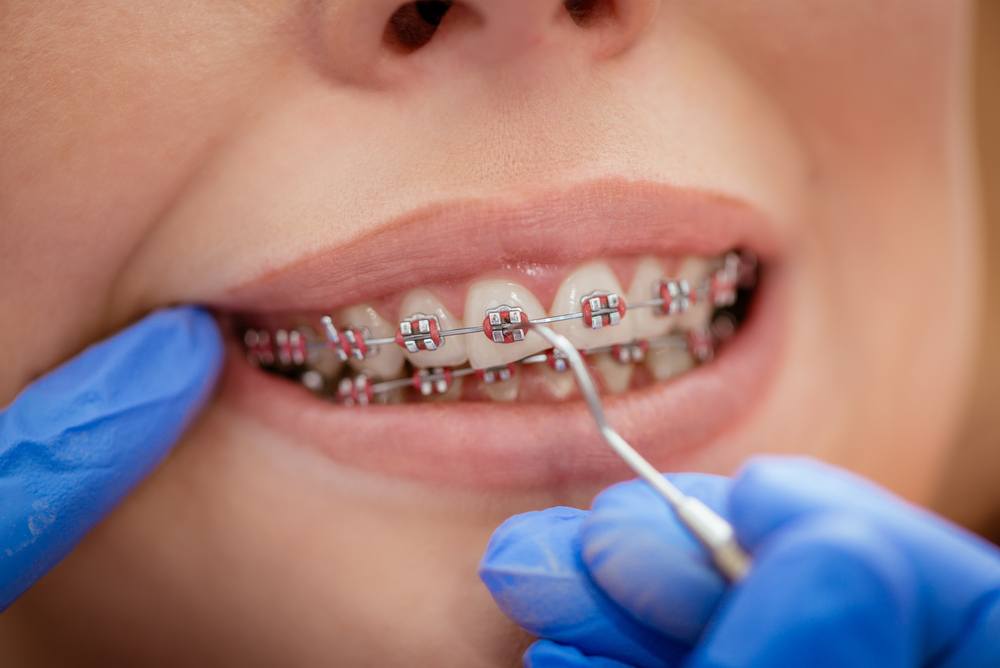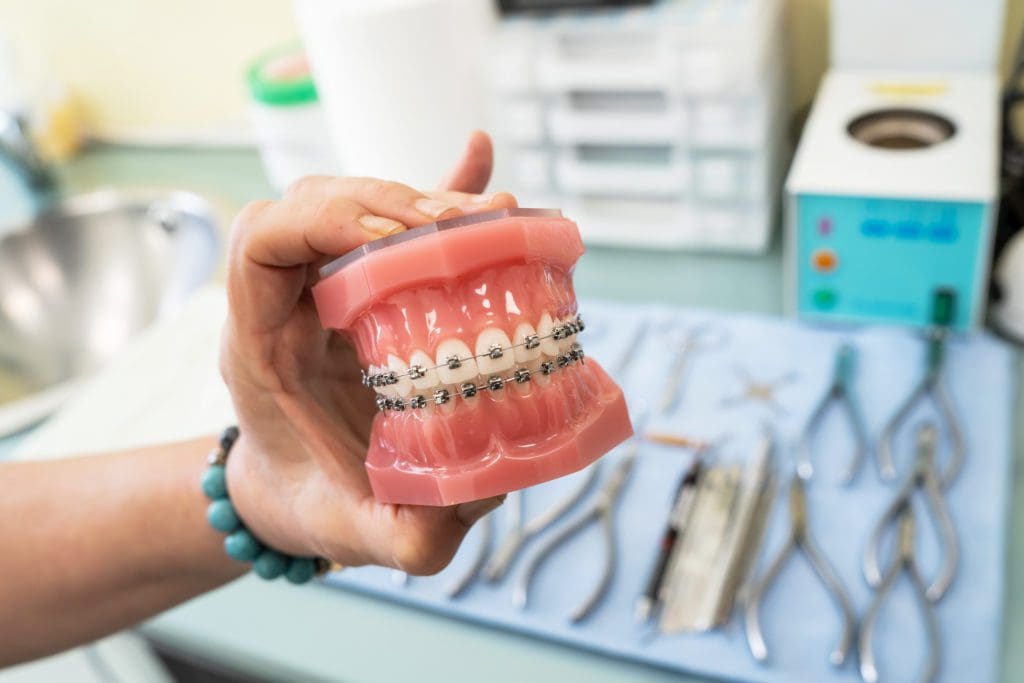Comprehensive Guide to Orthodontics Treatments for Dealing With Dental Misalignments
Understanding the complexities of each treatment, including their devices, benefits, and potential disadvantages, is vital in making notified choices concerning one's orthodontic therapy. As we browse via the detailed overview to orthodontic procedures for dealing with dental imbalances, the elaborate details of each technique will certainly unravel, losing light on the path toward a harmonious and useful dental placement.
Orthodontic Procedures Review

Along with clear aligners and traditional dental braces, orthodontists may additionally suggest other interventions like headgear, palatal expanders, or retainers to resolve certain alignment issues (orthodontist). These procedures are customized per person's distinct requirements and might include a combination of therapies to attain the desired results. Routine modifications and surveillance are essential components of orthodontic therapy to ensure progression gets on track and to make any type of needed alterations along the road. By going through orthodontic treatments, people can not only attain a straighter smile yet additionally boost their total dental health and feature.
Standard Dental Braces: Exactly How They Function
When thinking about orthodontic treatments for oral imbalances, conventional braces stand out as a reliable technique for fixing teeth positioning. Typical dental braces consist of brackets, wires, and bands that function together to apply continual pressure on the teeth, slowly moving them into the desired alignment.
One secret element of exactly how typical braces work is the procedure of bone remodeling. As pressure is related to the teeth through the dental braces, the bone bordering the teeth is improved to sustain the brand-new tooth placements. This makeover is crucial for the lasting stability of the fixed alignment. Clients will need normal modifications at the orthodontist's office to ensure the dental braces continue to use the correct pressure for effective teeth activity.
Unnoticeable Aligners: Pros and Disadvantages
Undetectable aligners supply a practical and very discreet alternative to typical braces for remedying oral imbalances. These clear, tailor-made trays are essentially unseen when used, making them an enticing choice for individuals seeking a much more aesthetically pleasing orthodontic treatment. Among the key advantages of unseen aligners is their removability, allowing for less complicated upkeep of dental health compared to standard dental braces. People can get rid of the aligners before eating or cleaning their teeth, decreasing the danger of food obtaining embeded the device and streamlining the cleaning process.

Surgical Orthodontic Options
Surgical treatments in orthodontics present sensible choices for attending to complicated dental misalignments that may not be successfully fixed via traditional orthodontic therapies. While invisible aligners and standard dental braces can fix numerous orthodontic issues, certain instances require medical intervention to achieve optimum results. Surgical orthodontic options are generally recommended for severe malocclusions, substantial jaw inconsistencies, and cases where the underlying bone structure requires alteration to accomplish correct positioning.
One common surgical orthodontic procedure is orthognathic surgical treatment, which includes repositioning the jaws to correct practical concerns such as difficulty talking or eating. This surgical treatment is typically executed in cooperation with an orthodontist who assists align the teeth before and after the treatment. Surgical orthodontics may additionally entail treatments to reveal influenced teeth, eliminate excess periodontal cells, or reshape the jawbone to produce a more harmonious facial profile.
Prior to taking into consideration medical orthodontic options, people undertake a thorough analysis to determine the need and potential advantages of such treatments. invisalign. While surgical procedure might appear difficult, it can considerably boost both the feature and aesthetic appeals of the smile in cases where traditional orthodontic therapies fail
Retainers and Post-Treatment Treatment

Failing to comply with post-treatment treatment guidelines can result in regression, where the teeth gradually relocate back towards their original positions. Consistent retainer wear, good dental health, and routine oral examinations are important for maintaining the results attained through orthodontic surgical procedure and making sure the lasting security of the corrected oral positioning.
Conclusion
To conclude, orthodontic treatments supply various alternatives for remedying oral imbalances. Traditional dental braces make use of metal brackets visit this website and cords to find out shift teeth into proper placement. Unseen aligners provide a more discreet alternative however might not appropriate for all situations. Surgical orthodontic options are offered for a lot more extreme imbalances. Retainers are generally used post-treatment to keep the new placement. Generally, orthodontic treatments can successfully boost dental wellness and visual appearance.
As we browse with the extensive guide to orthodontic procedures for correcting oral misalignments, the complex information of each approach will certainly unravel, dropping light on the course toward a functional and harmonious dental placement. - braces
One of the most typical orthodontic treatments is the usage of dental braces, which consist of metal brackets and cables that use gentle pressure to progressively shift teeth right into the preferred placement.When taking into consideration orthodontic therapies for oral imbalances, standard dental braces stand out as a time-tested technique for remedying teeth positioning. In addition, invisible aligners may not be appropriate for complicated orthodontic issues that call for more substantial teeth motion, as they are typically recommended for mild to modest instances. Retainers are tailor-made orthodontic devices made to hold teeth in their remedied placements after the completion of orthodontic therapy.